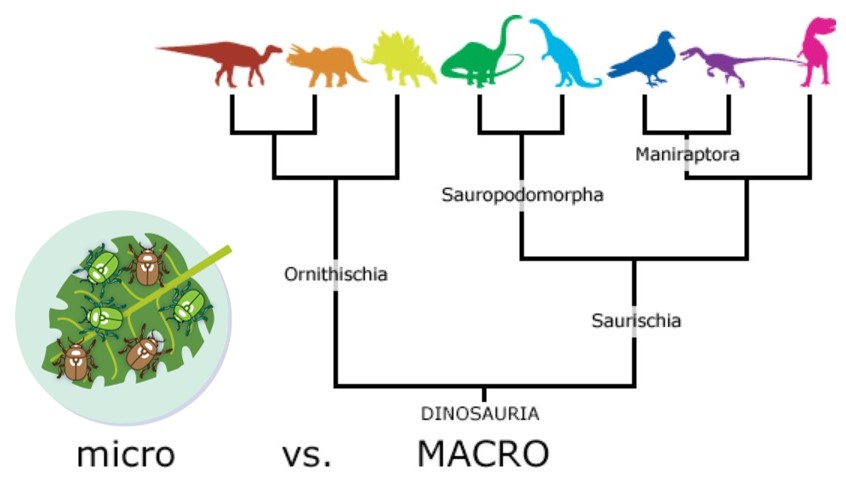Rewrite The In Atleast 100 Words With In Cite Citations:
Microevolution involves small changes within a population, while macroevolution refers to larger changes that transcend species boundaries. Macroevolution results from the accumulation of microevolutionary changes over a long period of time, leading to unique populations and the origin of new species. These evolutionary changes are driven by mechanisms that alter allele frequencies within gene pools. However, there is ongoing debate about the continuity between microevolution and macroevolution. Charles Darwin believed that divergence and extinction can explain the differences seen among living species.
Microevolution is defined as the gradual change in allele frequencies within a population, leading to small-scale adaptations over a relatively short period of time (Zimmer & Emlen, 2015). On the other hand, macroevolution encompasses the broader evolutionary patterns that occur over extended periods, resulting in the formation of new species or major evolutionary transitions (Revell, 2013). This process involves the accumulation of microevolutionary changes, ultimately leading to the emergence of distinct taxonomic groups (Hagen, 2016).
The Galapagos Finches demonstrate microevolution through their diverse bill shapes, adapted to different ecological niches within the islands. For example, the slender bill of Certhidea olivacea aids in extracting insects from vegetation, while the strong bill of Geospiza magnirostris is suited for crushing cactus seeds (Zimmer & Emlen, 2015). These variations in bill morphology reflect the adaptation of the finches to their specific food sources, highlighting the observable evidence of microevolution in action.
Darwin’s extensive exploration and observations of natural populations, such as the finches and tortoises of the Galapagos Islands, provided insights into the variability in traits within species. Through his observations and the influence of Thomas Malthus's work on population dynamics, Darwin developed the theory of natural selection. This theory posits that the competition for limited resources among individuals within a population leads to the selection of advantageous traits, driving the process of microevolution (Futuyma, 2017).
In his groundbreaking work "The Origin of Species," Darwin proposed that as environments select for the most advantageous variations within a population, new species can potentially emerge over extended periods. This seminal work laid the foundation for understanding the mechanisms behind both microevolution and macroevolution – demonstrating how small-scale changes within populations can ultimately lead to the grander evolutionary transformations visible in nature (Darwin, 1859).
Work fast from anywhere
Stay up to date and move work forward with BrutusAI on macOS/iOS/web & android. Download the app today.


